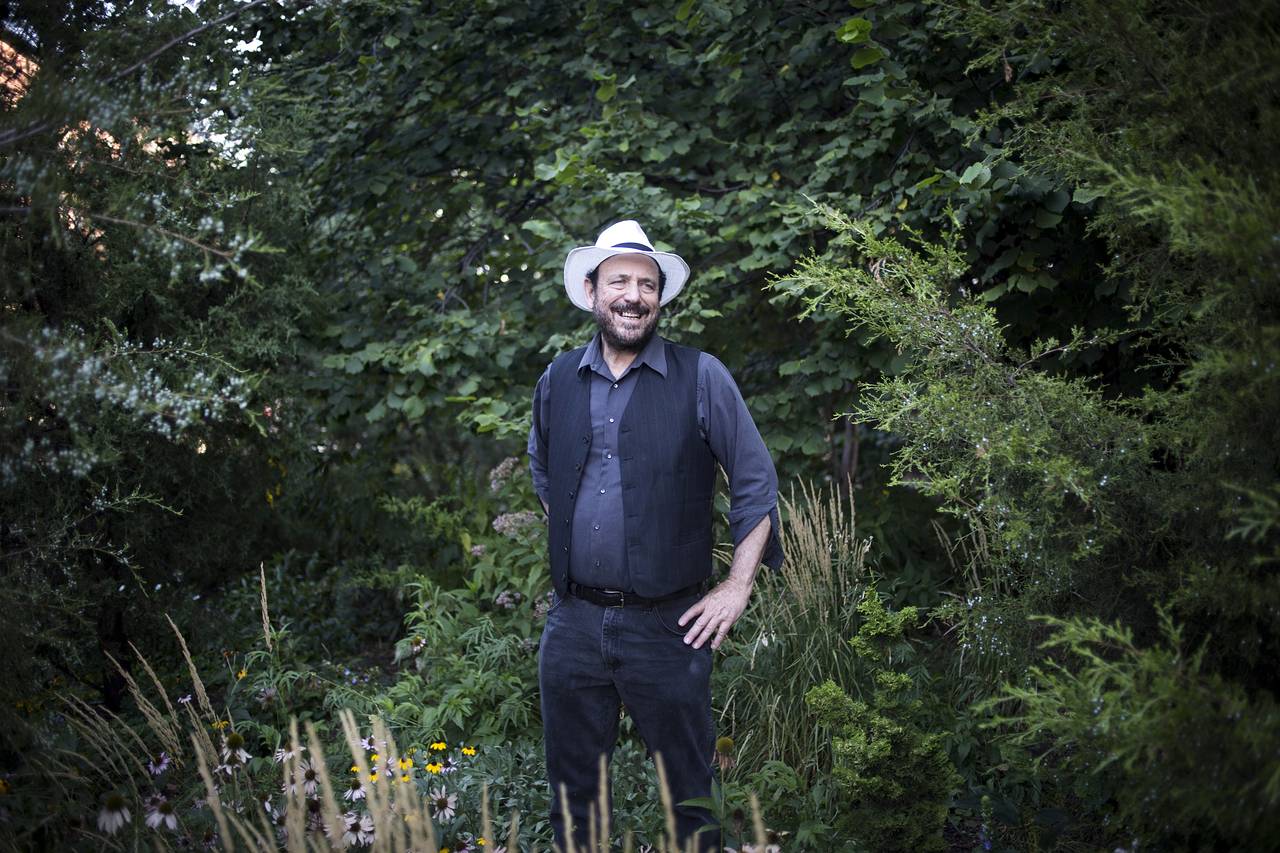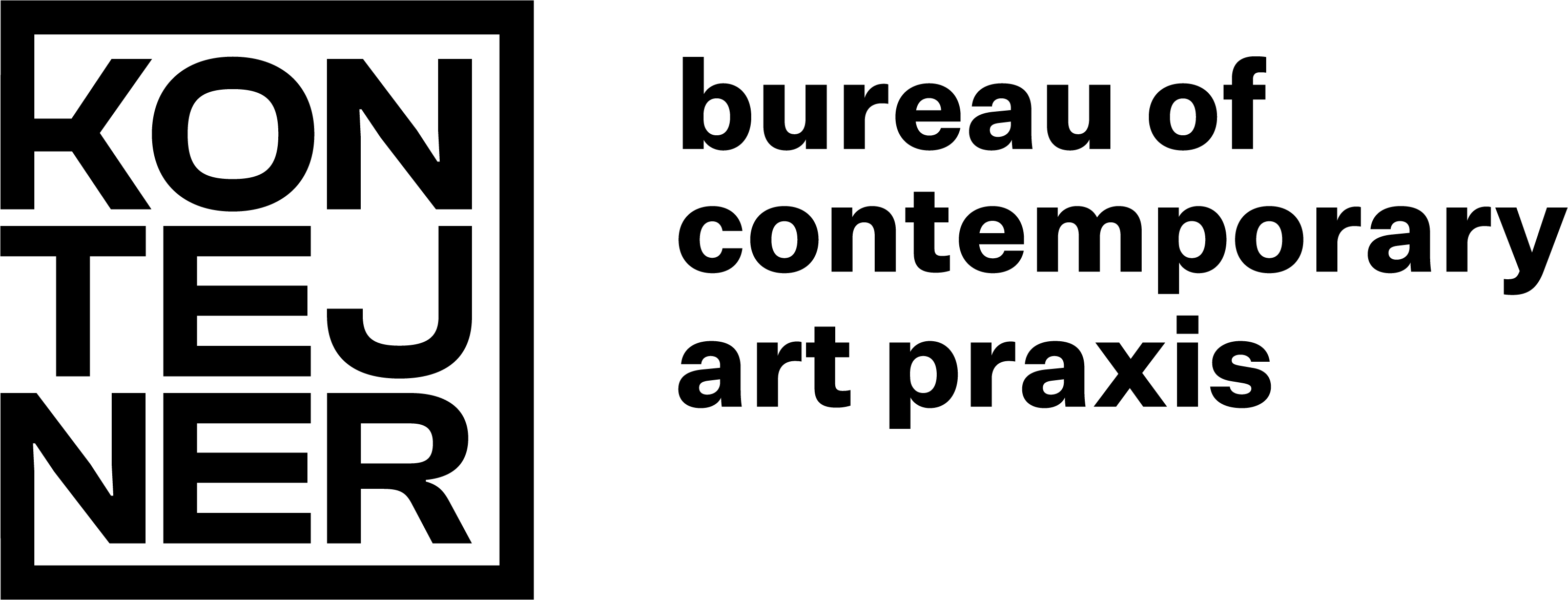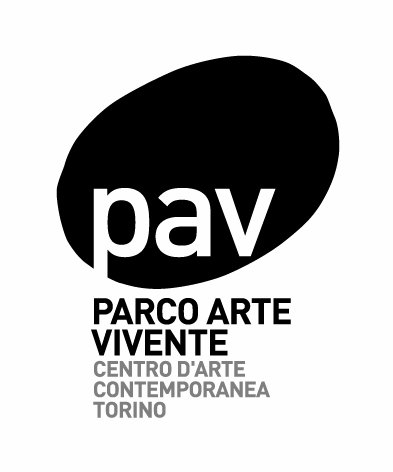Alan Sonfist

Alan Sonfist (US) is a seminal figure among the pioneers of Land Art and Environmental Art in general. From an early age, he developed an almost symbiotic relationship with nature, nourished by hours spent in the hemlock grove next to his childhood neighbourhood. This woodland, threatened by urban expansion, left an indelible mark on him. Perceived as a repository of collective memory, this forest awakens an acute awareness of the fragility of natural ecosystems in the face of anthropogenic forces. This foundational experience shaped his biohistorical artistic practice, which blends research with creation.
Sonfist’s poetry is committed, discreet and unobtrusive, sacrificing nothing to his desire for formal experimentation. Rather than to dominate nature, he sets out to resuscitate it, to restore its original vitality and richness. His most emblematic work, Time Landscape, conceived in 1965 and ultimately completed in 1978 in Manhattan, is the perfect illustration of this quest. With this living installation, Sonfist recreates a fragment of New York’s pre-colonial forest, reintroducing native plant species to the heart of the metropolis. The confrontation between the biological world and the urban environment opens a critical reflection on the transformation of age-old landscapes under the impact of colonisation and urbanisation.
Far from limiting himself to the lands where he was born, Sonfist deploys his artistic and didactic approach on an international scale. His works like The Lost Falcon of Westphalia in Germany or the Ancient Olive Grove of Athena in Florence explore the endemic and cultural memory of places – reintroducing extinct or displaced species. Employing the techniques and methodologies of a naturalist, historian, and urban planner, Sonfist collaborates closely with scientists, politicians, and private patrons















